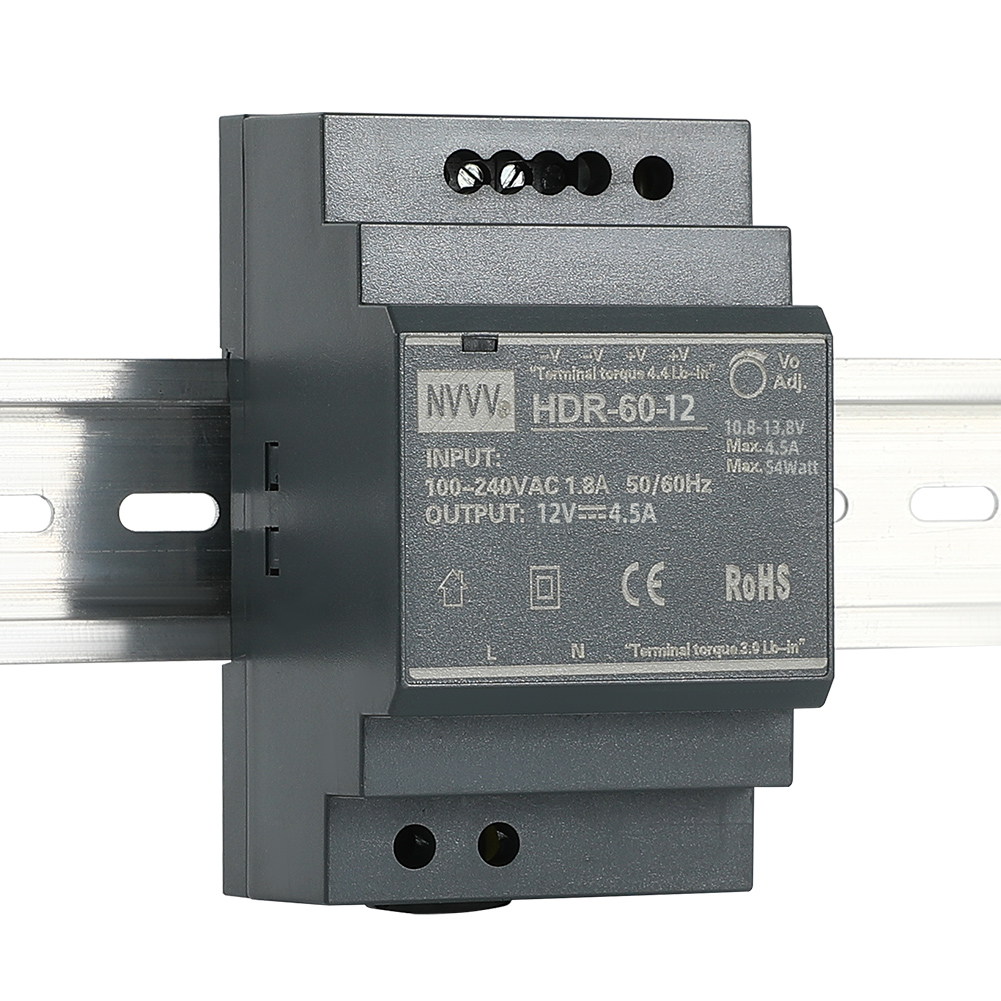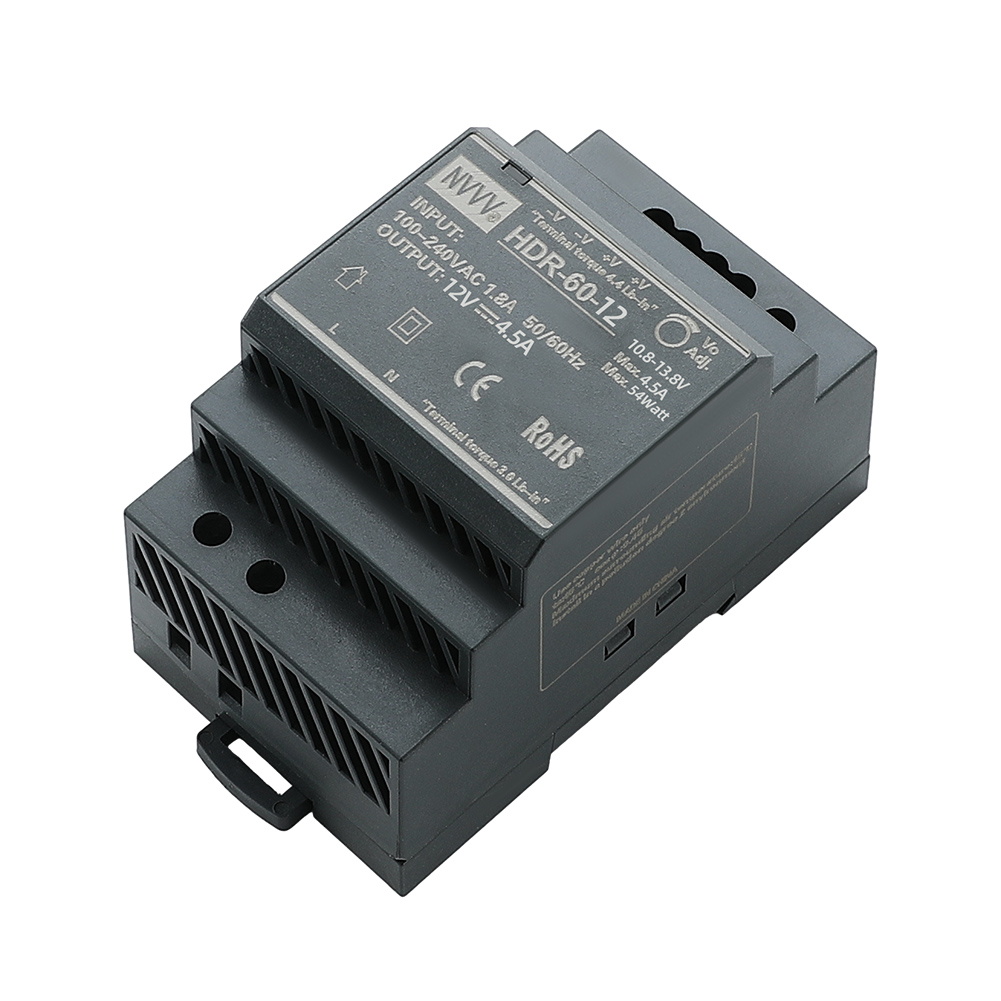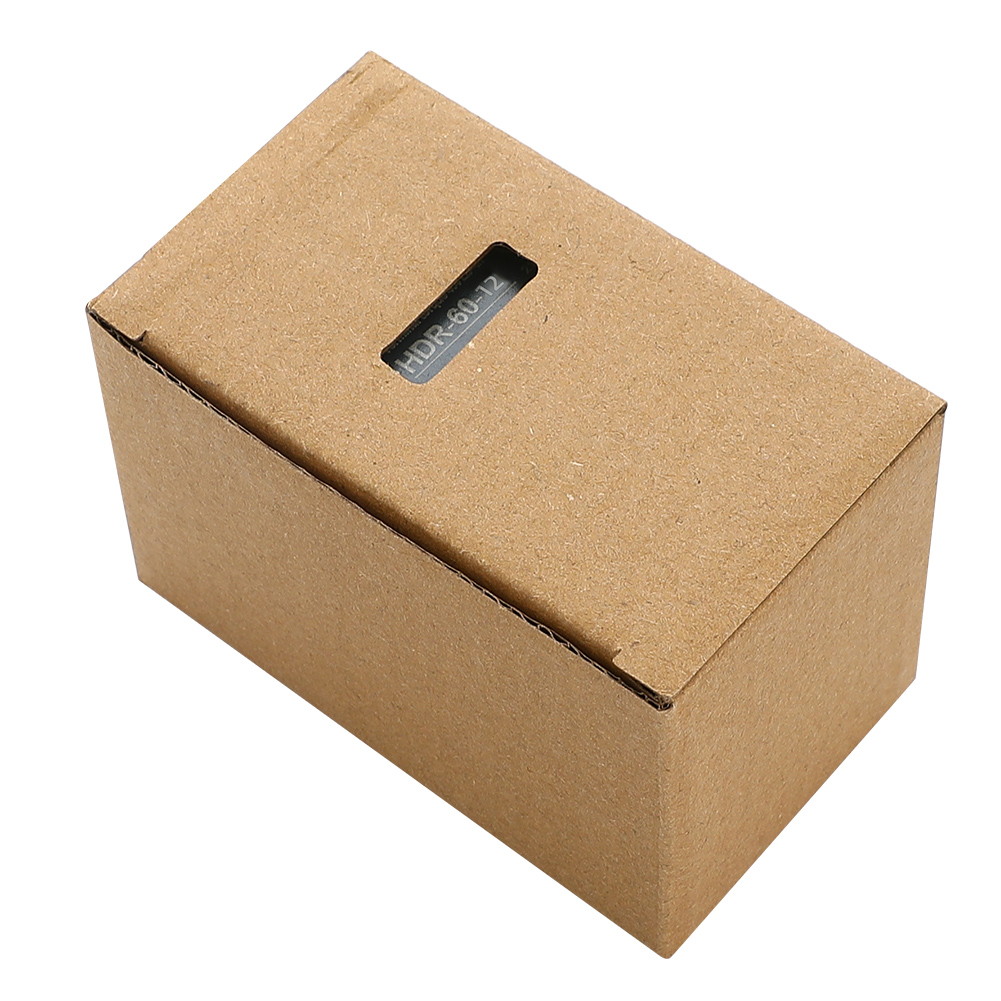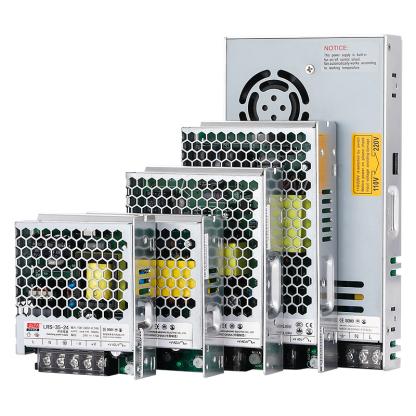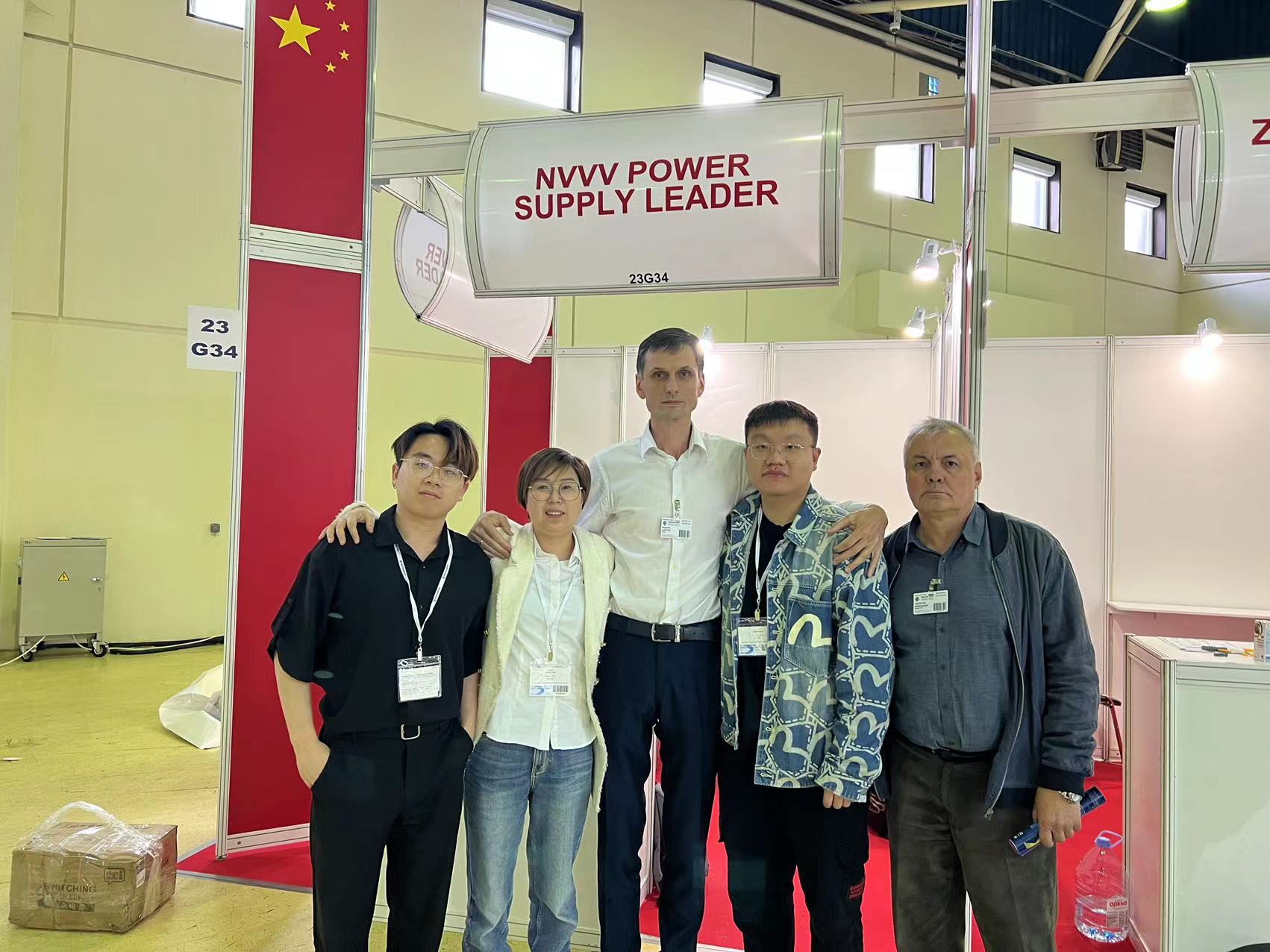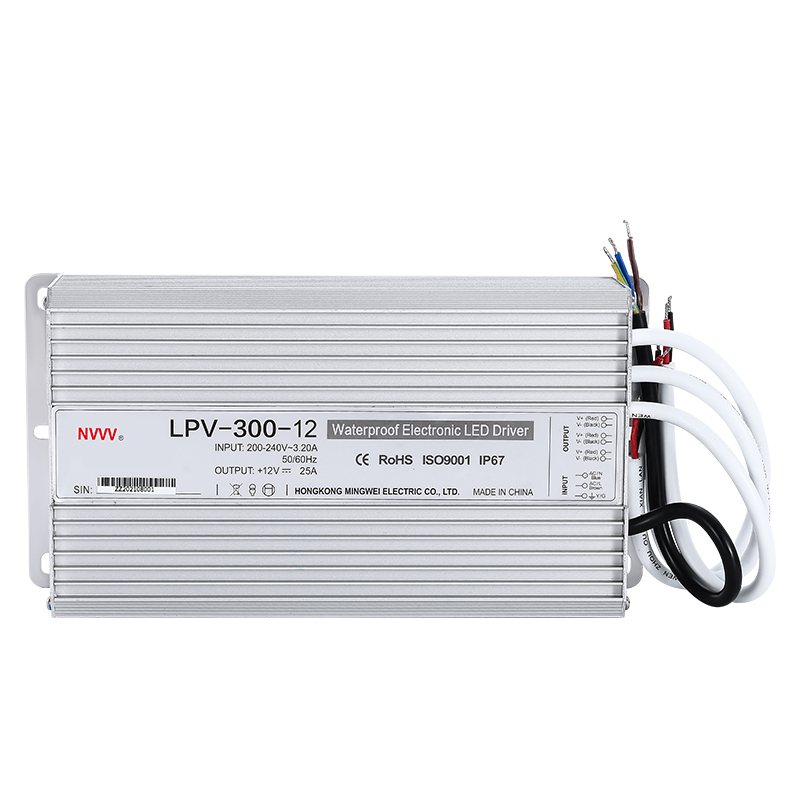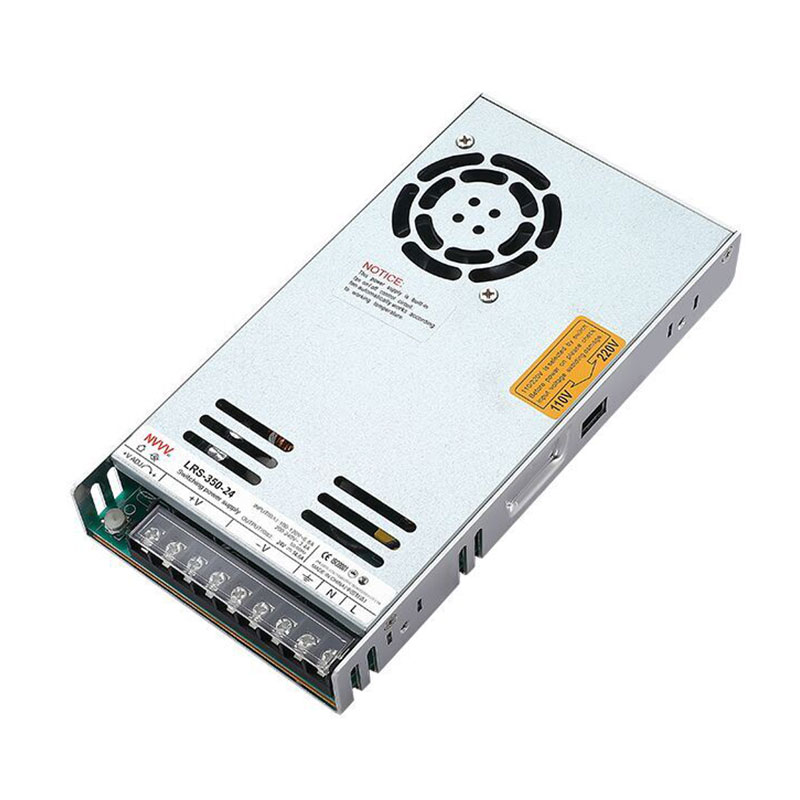Are You Ready to Use the Switching Mode Power Supply?
Switching mode power supplies (SMPS) have become a critical component in modern electrical and electronic systems. Their compact size, energy efficiency, and high performance make them a preferred choice in various industries ranging from manufacturing to automation, data centers to telecom infrastructure. But the question remains—are you ready to adopt this technology into your system?
In this article, we’ll walk through what an SMPS really does, how it compares to traditional linear power supplies, what benefits you can expect in real-world use cases, and when it makes sense to switch. Whether you are managing automation systems, complex machinery, or equipment that demands stable and efficient power, this guide will help you make informed decisions.
Table of Contents
What Exactly Is a Switching Mode Power Supply and How Does It Work?
Why Are More Industries Shifting to SMPS Today?
Is a Switching Mode Power Supply Right for Your System?
How Can You Ensure a Reliable SMPS Integration?
What Real-World Applications Benefit Most from SMPS?
Final Thoughts: Are You Truly Ready?
What Exactly Is a Switching Mode Power Supply and How Does It Work?
At its core, a switching mode power supply converts electrical power efficiently using high-frequency switching techniques. Unlike linear power supplies that dissipate excess voltage as heat, SMPS modulates power through fast electronic switches—typically using transistors and diodes controlled by a pulse-width modulation (PWM) signal.
Here’s a simplified view of the process:
AC Input Conversion: The supply starts by rectifying the alternating current (AC) input into direct current (DC).
High-Frequency Switching: The DC voltage is then chopped at high frequency using a switching transistor, generating a high-frequency AC signal.
Voltage Transformation: A small transformer or inductor adjusts the voltage up or down.
Rectification and Filtering: Finally, the AC is rectified and filtered again to produce a stable DC output.
Because the switching happens at high frequency (typically tens to hundreds of kilohertz), the components involved—especially transformers—can be smaller and lighter, making the entire unit more compact and efficient.
Why Are More Industries Shifting to SMPS Today?
Beyond efficiency and size, the move toward SMPS is also driven by evolving industry standards and increasing demand for smarter power systems. Today’s industrial environments require power supplies that can adapt to fluctuating input voltages, support remote monitoring, and offer built-in protections against overloads, short circuits, and overheating. Switching mode power supplies fulfill these needs with ease, thanks to their digital control capabilities and intelligent feedback mechanisms.
Moreover, sustainability goals are pushing companies to reduce their carbon footprint and optimize energy usage. SMPS contributes to this by minimizing power loss during conversion and reducing the need for external cooling, which in turn lowers the overall energy budget of a facility. As energy efficiency regulations tighten worldwide—such as IEC 62368-1 or ENERGY STAR standards—SMPS becomes not just an option, but a necessity.
Additionally, the ongoing digitization of operations—like Industry 4.0 and smart factories—demands compact, high-performance power supplies that can fit within interconnected systems. From PLC cabinets to sensor hubs, SMPS supports a decentralized power architecture that enables more agile system design. For integrators and engineers, this opens the door to building more flexible, scalable solutions with better power distribution.
Is a Switching Mode Power Supply Right for Your System?
Determining whether SMPS is the right choice involves more than just looking at voltage and current specs. One key consideration is the nature of your load—whether it’s constant, variable, inductive, or capacitive. For example, motor controllers, solenoids, or inductive sensors might require SMPS with higher inrush current capacity or specific protections to avoid nuisance tripping. Understanding your load profile helps avoid premature failures or unstable operation.
Another often-overlooked aspect is power quality. While modern SMPS designs have come a long way in reducing noise and ripple, extremely sensitive analog devices—such as precision measurement equipment—may still demand extra filtering or even a hybrid power architecture that blends SMPS and linear power segments. Evaluating the electromagnetic compatibility (EMC) of your system helps prevent issues down the line.
Also, don’t forget about future scalability. If your system is likely to expand—such as adding more modules, sensors, or automation units—selecting an SMPS with some margin or modular design can save time and cost in the long run. Look for models with DIN rail mounting, adjustable output, and multiple protection layers for added flexibility.
|
Feature / Aspect |
Switching Mode Power Supply (SMPS) |
Linear Power Supply |
|
Efficiency |
80% – 95% |
50% – 60% |
|
Size & Weight |
Compact and lightweight |
Bulky and heavy |
|
Heat Generation |
Low |
High |
|
Voltage Regulation |
Very stable with low ripple (modern SMPS) |
Very stable but low noise advantage |
|
Application Flexibility |
Wide voltage range, adjustable |
Fixed output only |
|
Input Voltage Range |
Wide (e.g., 90–264VAC) |
Narrow (e.g., 110VAC only) |
|
Cost |
Higher upfront, lower lifecycle cost |
Lower upfront, less efficient |
|
EMI / Noise Considerations |
Requires filtering, managed with good design |
Naturally low noise |
How Can You Ensure a Reliable SMPS Integration?
Once you’ve determined SMPS is a fit for your system, proper implementation is crucial. Here are some best practices:
✔ Choose the Right Power Rating
Always allow some headroom between your load and the rated output. Operating a power supply near its limit continuously can shorten its life.
✔ Evaluate Operating Environment
Temperature, humidity, and vibration can all impact power supply performance. Make sure your chosen SMPS is rated for your environmental conditions—especially in industrial or outdoor setups.
✔ Mind the EMI and Filtering
Switching at high frequencies can introduce electromagnetic interference (EMI). Most SMPS designs include built-in filters, but additional shielding or filtering may be needed in sensitive environments.
✔ Prioritize Safety Certifications
Look for SMPS products that meet industry safety and efficiency standards like CE, RoHS, or EN standards, depending on your location and application.
✔ Plan for Redundancy Where Needed
In mission-critical applications like fire systems, telecom infrastructure, or medical equipment, consider redundancy or uninterruptible power supply (UPS) integration to ensure uninterrupted operation.
What Real-World Applications Benefit Most from SMPS?
The versatility of switching power supplies makes them ideal across a broad spectrum of industries. Here are a few examples:
Factory Automation: Programmable logic controllers (PLCs), sensors, and servo motors all benefit from stable and efficient SMPS power sources.
Telecom and Networking: Base stations, routers, and network switches require compact, high-reliability power with low thermal output.
Security and Surveillance: Camera systems and control units often run 24/7, demanding energy-efficient and thermally stable SMPS solutions.
Medical Equipment: Compactness and precision make SMPS a fit for imaging equipment and patient monitoring systems (subject to strict safety standards).
3D Printing and CNC Machinery: These applications benefit from the adjustable voltage outputs and efficiency of SMPS to power motors and controllers.
|
Application Scenario |
Key Power Requirements |
Recommended SMPS Features |
|
Factory Automation (PLC, sensors) |
Stable 24V DC, compact design, long runtime |
DIN rail mount, wide input (90–264VAC), overload protection |
|
Telecom Equipment (base stations, routers) |
Low ripple, UPS integration, 48V output |
High efficiency, battery backup compatible, low EMI |
|
Industrial Robots & AGVs |
Lightweight, vibration resistant, variable loads |
Wide temperature range, metal enclosure, inrush current limiter |
|
Security & Surveillance Systems |
24/7 operation, thermal stability, compact form |
Fanless design, thermal shutdown protection |
|
Medical Devices (non-critical) |
Quiet operation, noise filtering, safety compliance |
Low ripple, IEC/UL certified, EMC compliant |
|
CNC & 3D Printing Machinery |
High current at steady voltage, heat control |
Adjustable output, cooling fan, current-limiting |
Final Thoughts: Are You Truly Ready?
Switched mode power supplies are no longer a niche product—they're the backbone of modern power management across many industrial and commercial systems. If you’re still relying on outdated linear power systems, the performance, size, and efficiency advantages of SMPS might just be the upgrade your operation needs.
Whether your focus is energy savings, system scalability, or long-term cost efficiency, SMPS offers a future-proof solution that adapts to evolving demands. The key is choosing the right unit for your specific environment and ensuring proper integration practices are followed.
Need help finding a reliable SMPS solution?
NVVV offers a range of high-performance switch mode power supplies designed for demanding industrial applications. Explore options that combine efficiency, safety, and reliability—engineered for professionals who need power they can trust.

